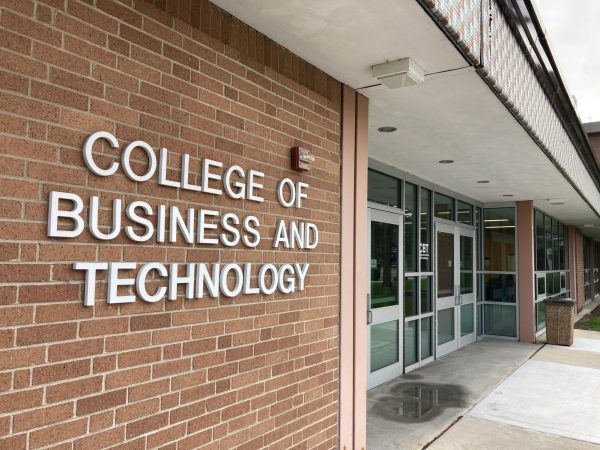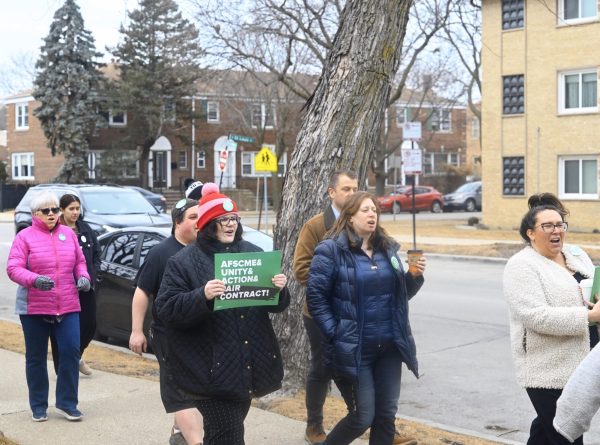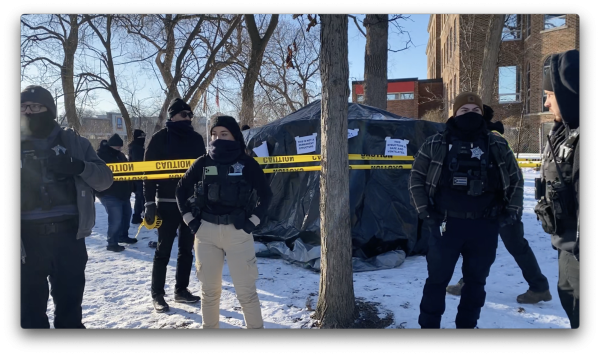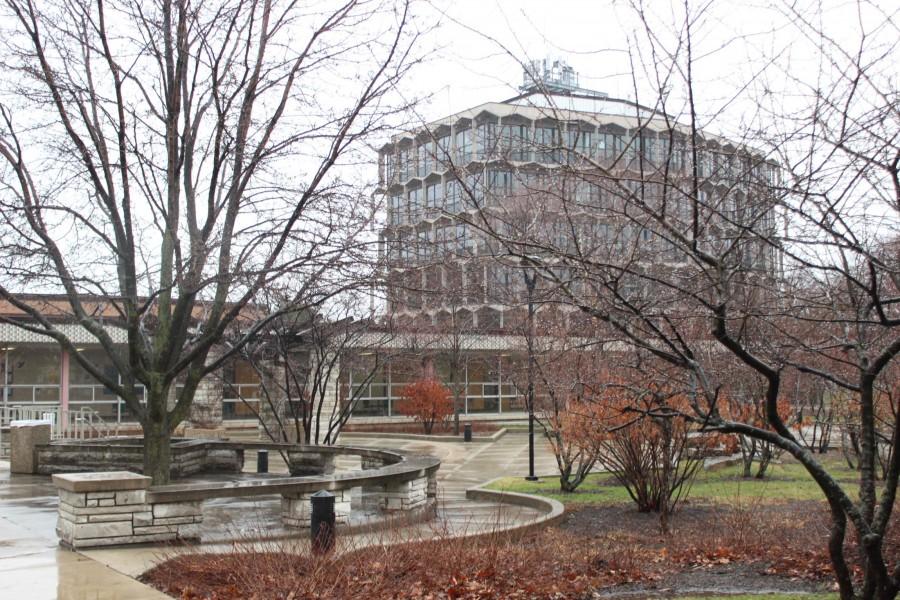Furloughs Begin Amid Budget Gridlock
More in News
As the Illinois budget crisis lingers, NEIU’s many students, workers, employees and faculty face the brunt of the state’s inability to compromise.
The furlough program began yesterday for all Administrative and Professional and non-negotiated employees in an effort to ensure the fall 2016 semester.
The program was instituted as a way to combat NEIU’s dwindling reserves as the state rolls through the ninth month of the budget impasse.
“The decisions we are forced to make are incredibly difficult and certainly painful both economically and personally,” said President Sharon Hahs in a March 8 email to faculty and staff.
The program will affect about 1,000 full-time faculty and staff and save between $225,000 and $250,000 according to a March 10 press release from Public Relations Director Mike Hines. The unpaid days off mean a 20 percent cut in salaries.
“These furloughs are designed to get us to that next major cash infusion, if in fact we don’t get our money from the state,” Hines said.
Employees who are 100 percent grant funded, student aides, graduate assistants, adjuncts and work study employees are not being furloughed.
Members of IUOE Local 399, Teamsters Local 700 and MAP Local 630 have been mandated to take the unpaid day off per week while negotiations with UPI Local 4100 and AFSCME Local 1989 are ongoing.
When reached, UPI Local 4100 President Sophia Mihic said she was unable to comment because the unions, “are in the middle of negotiating.” The union held a membership meeting at today to discuss their strategy and the offers on the table.
The university’s two major sources of revenue come from tuition and fees and, typically, the state appropriations.
Without an appropriation, NEIU is relying on tuitions and fees as well as its reserve funds.
“Most of the tuition comes in before the end of the calendar year,” Hines said. “The university has been able to use that funding to pay the bills so far. At this point they’ve had to switch over to reserves and the reserves are not going to make it all the way to fall to continue operations.”
According to a March 10 email from Hines the reserves were about $33.4 million at the end of February.
“This is a complex number,” Hines said. “The key here is that we’re watching that number to get us to the fall semester.”
Because of the furloughs the reserve funds will last until the fall semester and possibly longer. Hines said that NEIU would not run out of money any time soon and suffer the same fate as Chicago State University.
However, he couldn’t give an exact timeframe for when the reserves might run out.
“It wouldn’t be for a long time. We now know we can get to when we have a tuition influx in the fall,” Hines said. “We don’t know. There are so many unknowns between now and then to try to project.”
NEIU relies heavily on state appropriations, and with the ongoing budget impasse Hines said that the university is “at the mercy of the state” right now.
“We don’t know what our appropriation is going to be,” Hines said. “We don’t know when we’re going to get it. And that makes it very difficult to balance the now with the future.”
Because of the uncertainty of the university’s future, students and professors alike are looking to other alternatives.
Angela Sweigart-Gallagher, a theater professor, told Dan Weissman of WBEZ the day before the furloughs were announced that she could not afford to pay her mortgage with the 20 percent cut. Gallagher also told WBEZ she and her husband, “we’re going to start looking for an out.”
According to Hines reimbursement and salary deferrals options remain in discussion. A budget forum will be held March 17 at 3:05 p.m. in the auditorium.
It remains uncertain how long the furloughs will last.
Your donation will support the student journalists of Northeastern Illinois University's The Independent, either in writers' payment, additional supplies and other items of note. Your contribution will allow us to purchase additional equipment for writers/photographers/illustrators and cover our annual website hosting costs.
Rut Ortiz









